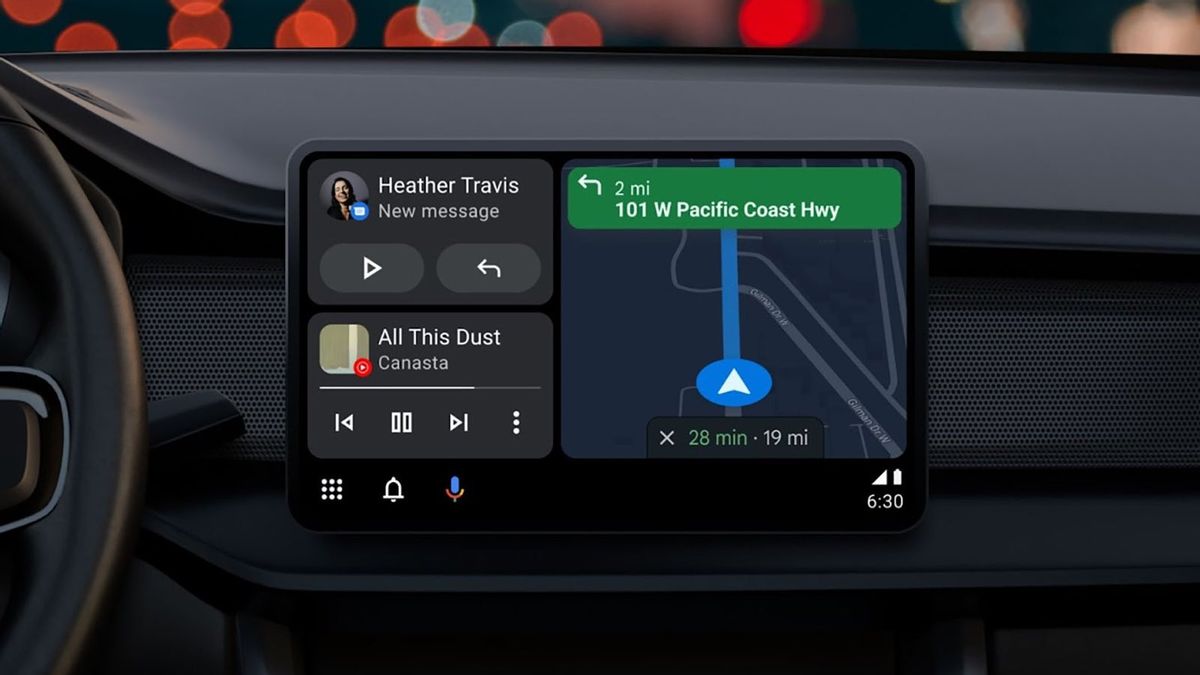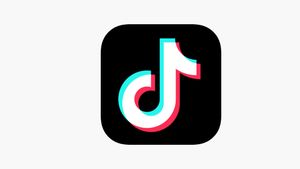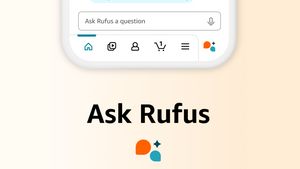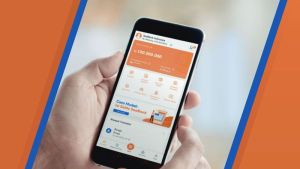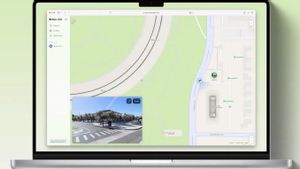JAKARTA - Google is preparing to open a new "Communication" application category for cars with an Automotive Android operating system. This category will include approved messaging and VoIP applications.
Google already allows messaging apps on Android Auto and will bring the VoIP app to the platform as well. Millions of people use Android in their cars every day, either via mobile phones connected to car head units (Android Auto) or the head unit's built-in operating system (Android Automotive OS). Due to the importance of drivers staying focused on the road, Google is very restrictive on what apps can do and how they behave when running on Android Auto or Automotive.
Support for messaging apps allows users to read or reply to important messages from personal or business contacts while driving. For safety, voice assistants can use text-to-noise to read incoming messages, keeping drivers focused. The messaging app can also use voice input to send replies when the user is driving. When the car is parked, a new full keyboard input is allowed.
Support for the VoIP app will allow audio calls only while driving. Since most cars don't have an inward-looking camera, video calls are impossible even when parked, but support for VoIP audio calls will still allow people to receive important personal or work calls while driving. VoIP apps that are designed as best as possible even allow drivers to start or receive calls using their voices.
There are many clear benefits from supporting messaging and VoIP applications on Android Automotive, and requests for that are certain to exist. Many online users are asking when WhatsApp or Zoom will be added to this platform. Fortunately, users don't have to wait long, as Google announced on I/O this year that the category of new "Communication" apps will soon be in the car with Google built-in.
This "Communication" category will consist of messaging applications and VoIPs that can be used when driving or parked. The VoIP app will be new to Android Auto and Automotive, although it should be noted that the messaging app is already available for Android Auto.
On Android Auto, messaging apps are only allowed to read messages using text-to-noise or send voice replies. They are not a full app, but a mini service that only handles reading, reply, and message tagging as read.
Message apps for Android Automotive are likely to be similarly restricted, although Google documentation notes that messaging apps on Android Auto will soon be allowed to display message history, so some additional functions may be in process.
Google hasn't published any documentation about how the VoIP app will work on Android Auto or Automotive, but most likely they will be severely restricted in terms of user interfaces. This is because most apps for both platforms are translated by systems using templates.
This ensures that applications in each category appear simple and consistent with each other, making it easier for drivers to interact with them. It also increases stability as it limits the possibility of apps doing something that can cause the entire user interface to crash, which could be dangerous when the car is driving.
SEE ALSO:
Since there is no universal application rendering framework on Automotive Android devices, it remains to be seen how developers will handle their messaging apps or VoIPs displayed on multiple vehicles. Android Automotive, if you don't know, is an open source operating system just like Android for mobile phones, meaning the automakers are free to use it as the basis for their own vehicle infotainment operating system.
Many do that, adjusting the OS to their brands and customers' wishes, which can pose challenges to app developers looking for consistent experience. Meanwhile, cars delivered with a suite of Automotive Android apps from Google, including the company's car application library, are referred to as "cars with Google built-in."
Cars with Google built-in are expected to be able to consistently render the application as outlined in Google documentation. Hopefully industrial solutions such as Aptoide will be accepted to provide a consistent application framework for cars running Android Automotive so that more developers will be encouraged to develop this OS.
The English, Chinese, Japanese, Arabic, and French versions are automatically generated by the AI. So there may still be inaccuracies in translating, please always see Indonesian as our main language. (system supported by DigitalSiber.id)
